Wield the power of BENlabs AI and SaaS tools to drive sales, boost ROI, and make your brand legendary in content your audience will love.
Wield the power of BENlabs AI and SaaS tools to drive sales, boost roi, and make your brand legendary in content your audience will love.
Wield the power of BENlabs AI and SaaS tools to drive sales, boost ROI, and make your brand legendary in content your audience will love.







































AUDIENCE INTELLIGENCE TOOLS
For the past 15 years we’ve been training our AI to study human attention and behavior across the media landscape. We’ve extracted golden insights from social content to product placements that help brands grow and scale. Our SaaS tools and managed services help you address a breadth of key uses:

Analyze your brand audience

Analyze your
competition

Reveal opportunity audiences

Identify
relevant
creators

Suggest
content topics

Predict creative performance
INTELLIGENT MEDIA BUYING
Audience attention is divided amongst media platforms and social networks, making it harder than ever to forge deep connections.
Transcend basic targeting and let AI insights guide your content and media placements. Leverage the BENlabs machine learning algorithims to meet your marketing goals across social networks, film & tv, and display.
Media solutions:

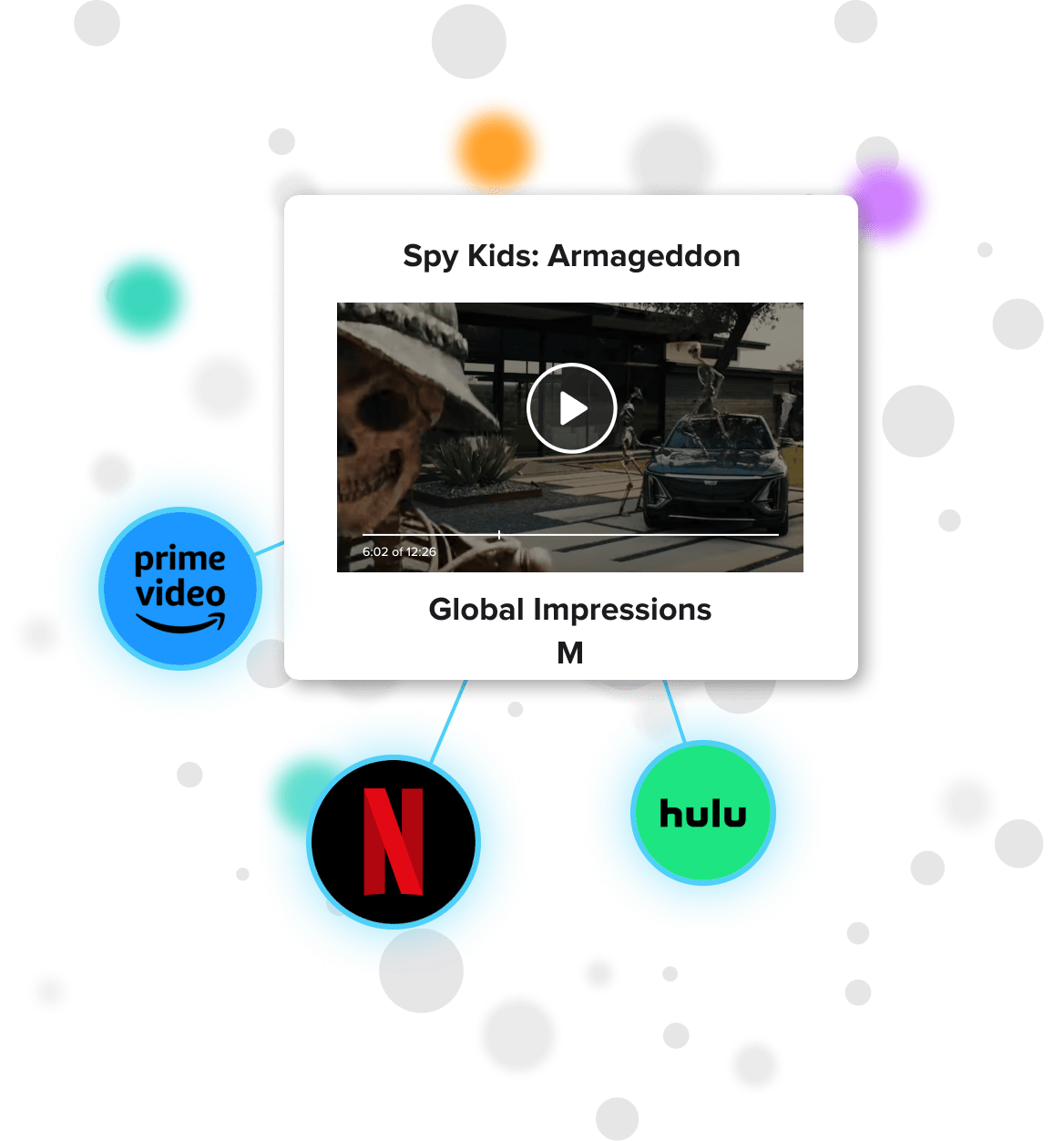
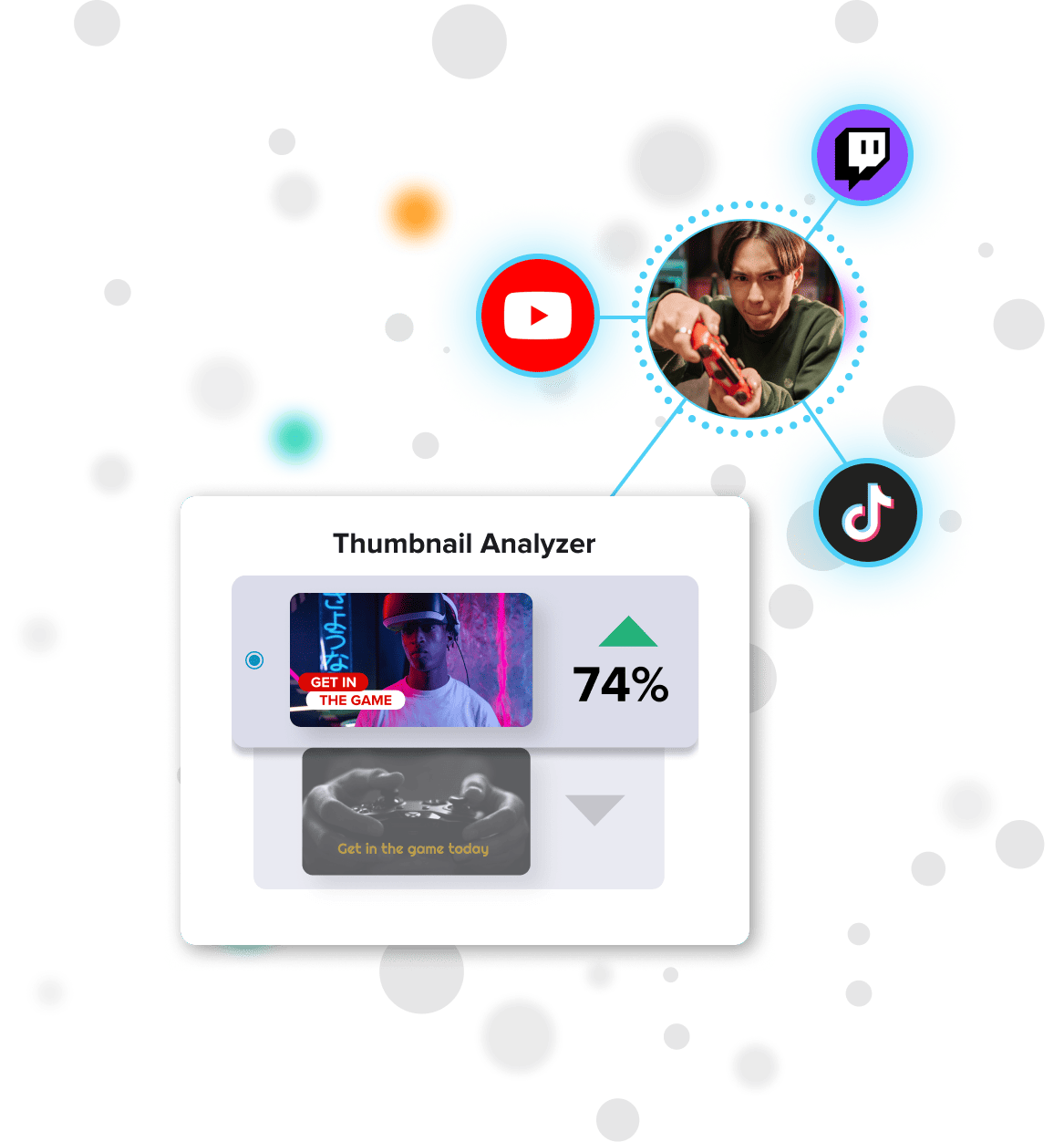
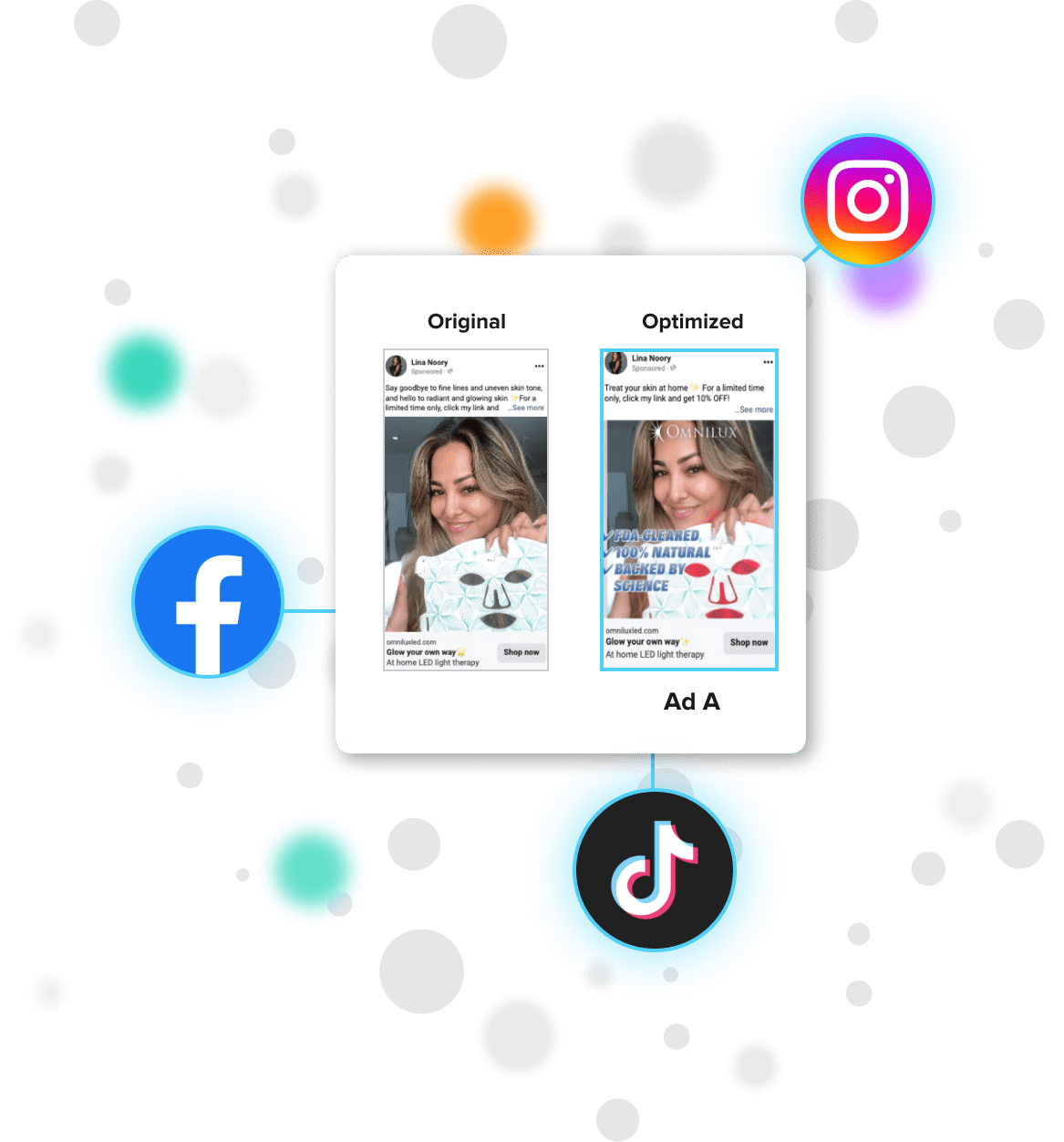
INTELLIGENT MEDIA BUYING
Media solutions:




SCALE YOUR IMPACT
Start with the AI-derived insights personalized and honed into your brand. Then put your data to work in the hands of our in-house experts with 40+ years entertainment and media industry experience. Let’s create, model, and scale your business, together.
FROM DATA THAT MATTERS
Our AI gets to know your brand, audience, and data.
FOR MAXIMUM SALES
We design a custom plan, create unskippable content, and put it into action.
With what we learn
To help you predict and optimize your ROI with advanced AI.
with a winning formula
Maximize your impact and leave your competitors in the dust.
YOU’VE SEEN OUR WORK, EVEN IF YOU DON’T KNOW IT.
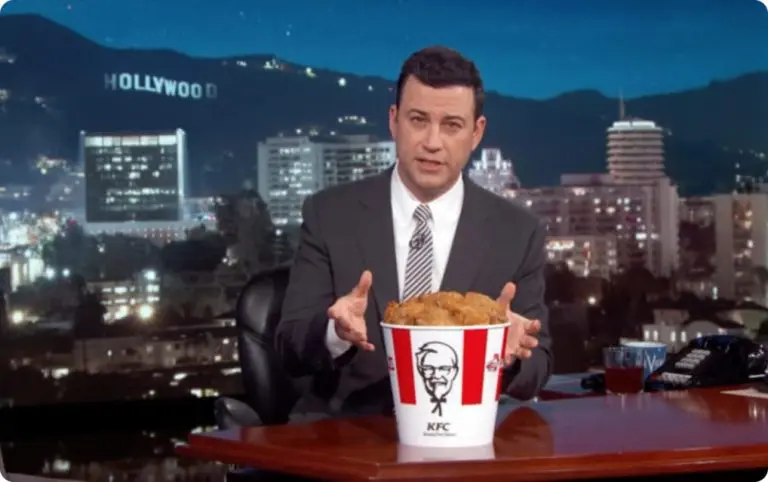




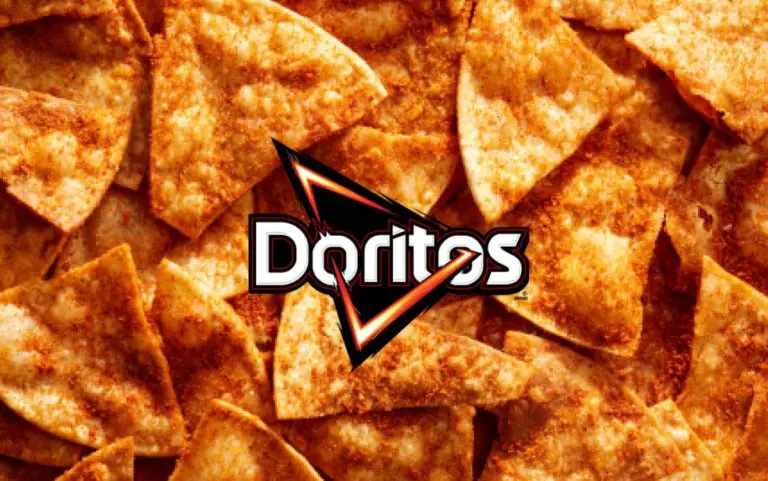
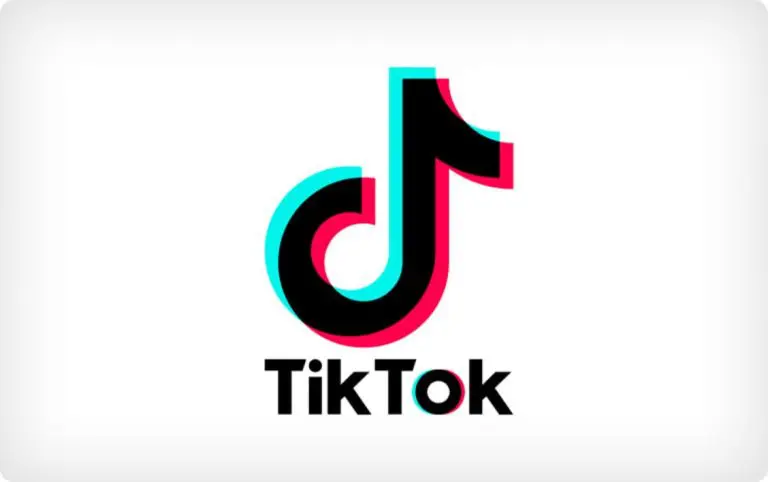
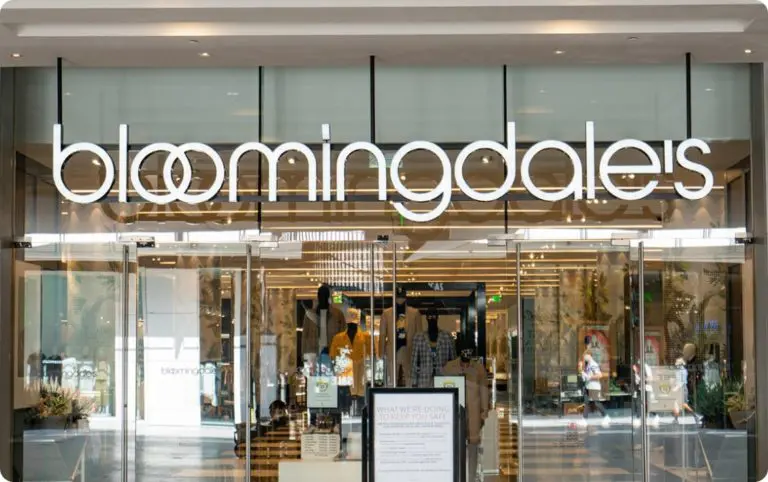
Just a few of the recognitions we have received while working with some of the world’s leading brands.
Best Use of Data AI Influencer Marketing Campaign, 2023
Silver Award, Best Gaming Campaign
2023 Digiday Technology Award Finalist: Best AI Tool
Finalist, Inspiring Use of Partnership or Collaboration, 2023
Finalist, Agency of the Year, 2023
Winner Best Influencer Campaign, 2023
Best Brand/Influencer, 2022
Best Use of Brand/Product integration into existing IP, 2021
Influencer Agency of the Year, 2021
Brand Awards Agency of the Year, 2020
Finalist: Social Media Data and Insights, Overwolf
Leveraging AI, BENlabs propelled MARVEL SNAP’s mobile version to win several Mobile Game of the Year awards. For its PC debut, BENlabs tailored a campaign using predictive models and data from previous successes, matching the game with perfect creators, cutting campaign costs by 21.5%.
The result? MARVEL SNAP for PC clinched the #1 spot on Twitch Gaming, with Twitch Drops fueling over 13,300 installs. The campaign featured 220+ creators streaming 500+ hours, reaching 11.5M views, and showcasing a 9.76% conversion rate across multiple languages. This strategic approach not only spiked initial interest but ensured sustained engagement, making a significant impact on global audiences and setting a new benchmark for game launches.
Cash in on your content! Earn big while staying true to your audience and content style. Join our creator community and let our AI partner you with the world’s best brands.
Let AI help you better understand and reach your intended audiences in the the most effective media placements—from influencer to music and film integrations.
Hollywood productions need a wide array of props and products to help bring their vision to life. Partner with the most authentic brands and creators for your project.
Power your vision with AI intelligence. Elevate content, optimize targeting, and boost operational efficiency.
Ubisoft Forward offers early access to games. BENlabs moved it online during COVID-19, setting new event standards. They secured Ubisoft’s IP and granted access to creators. Result? Watch Dogs: Legion & Assassin’s Creed Valhalla announcements surpassed millions of views, exceeding Twitch goals.
BENlabs helps gaming companies take their influencer marketing efforts to the next level. We’ll help you generate quantifiable results through creators at scale — like how we connected Overwolf with creators that led to more than 152,000 installs!
Turo offers a new take on car rentals with vehicle sharing. Renters enjoy a smooth rental experience, a wide selection of vehicles. Turo’s content creator influencer campaign led to a 305% awareness lift with 37% awareness stolen from the category leader. How would that lift help you?
Provide us your information and we’ll get in touch!
Already have an account? Contact us through our Help Center.